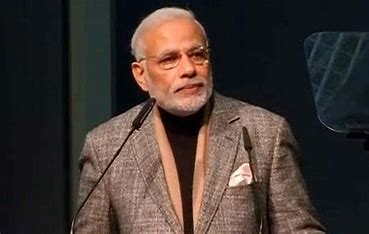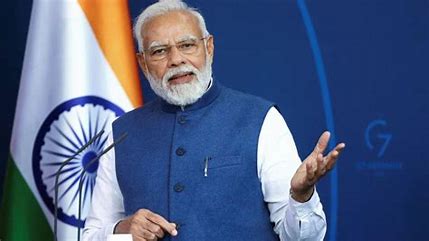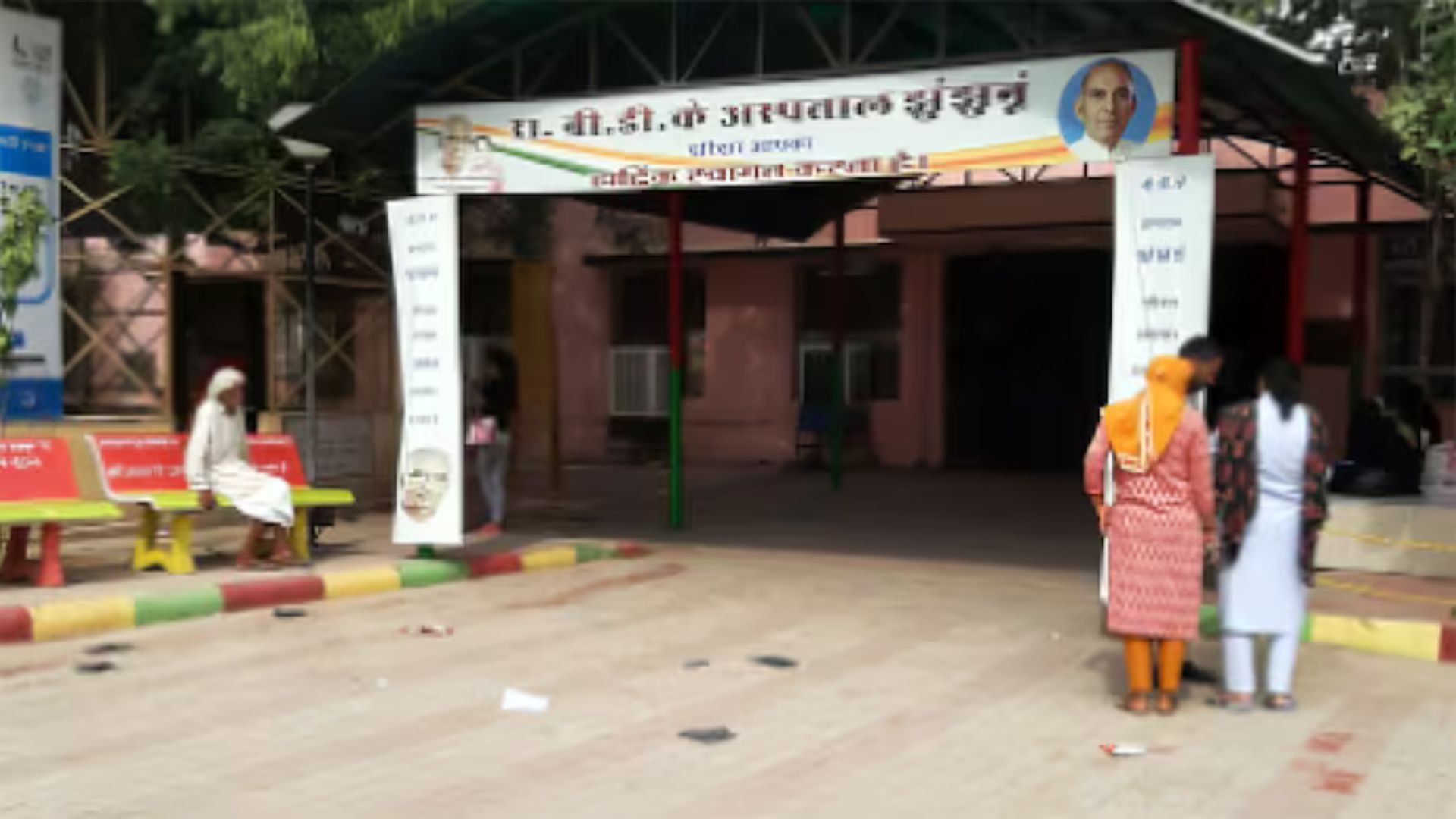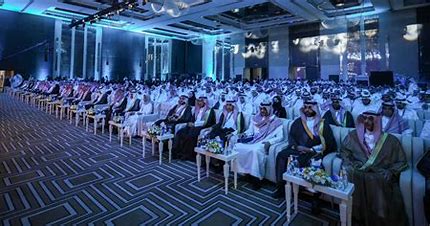Technicalities and rigid guidelines are a big part of classical dances. The technical underpinnings of all traditional dance forms are laid down in Acharya Nandikeshawara’s “Abhinaya Darpan,” Sharangdev’s “Sangeeth Ratnakar,” and the Natya Shastra which includes their body movements, rasa, bhava etc. Dance is first mentioned in a well-known work in Bharat Muni’s book Natya Shastra. Folk and classical dances are just two of the many types of dance practised in India.
2. Kathakali (Kerala)
Kathakali is a form of Indian theatre that dramatises tales from Indian epics while including dance, music, and acting. Varying hues on the face signify various mental states and personalities, such as green for nobility, black for wickedness, and crimson patches for monarchy and evil. It is impossible to overestimate the significance of eye movements, facial emotions, and hand gestures.
3. Odissi (Odisha)
Odissi, also referred to as Orissi in old literature, is a major ancient Indian classical dance that originated in the temples of Odisha. The performance’s principal themes are Lord Vishnu’s incarnations and passages from Jayadeva’s Gita Govinda. The neck, torso, and knees of the body are deflected in Tribhanga and Chowk, respectively, which are the two main postures (a position imitating a square).
4. Kathak (Uttar Pradesh)
The word Kathak is derived from the word Katha, which means a story. Kathak started to change into a different type of dance with the growth of the bhakti movement in the fifteenth and sixteenth centuries. Kathak dancers tell various stories through their hand movements and extensive footwork, their body movements and flexibility but most importantly through their facial expressions.
5.Kuchipudi (Andhra Pradesh)
Kuchipudi is the name of a village with a long tradition of dance-drama in Andhra Pradesh’s Krishna district. Its general moniker was yakshagaana.The Kuchipudi style of yakshagana was developed in the 17th century by Siddhendra Yogi. It is performed in groups because it is a dance play.















